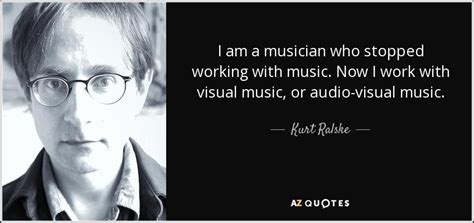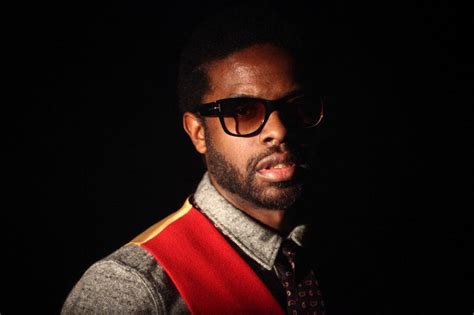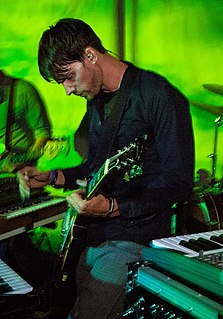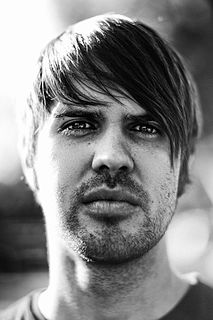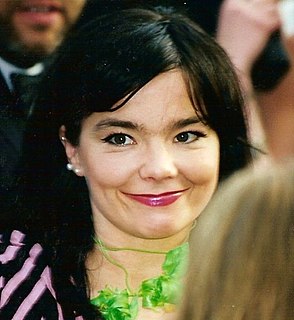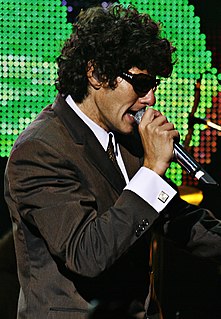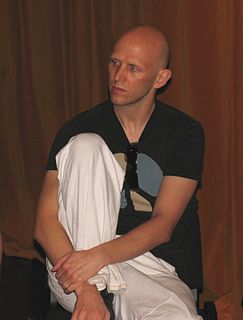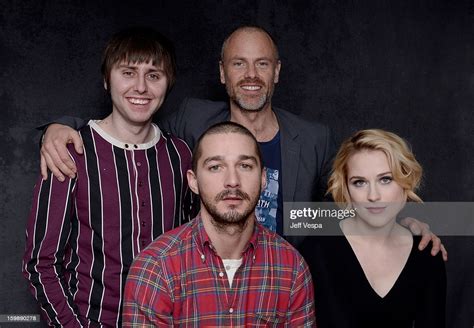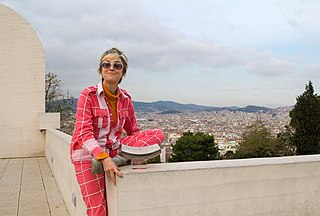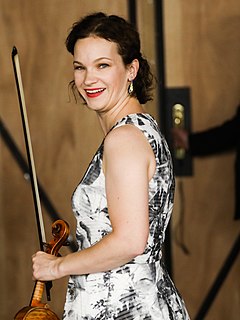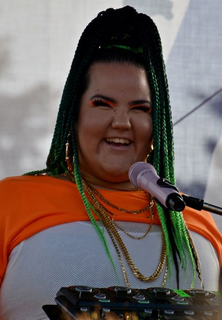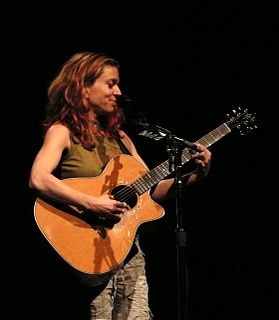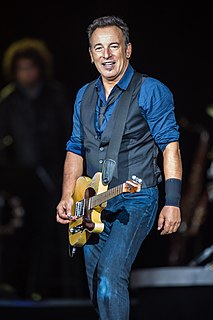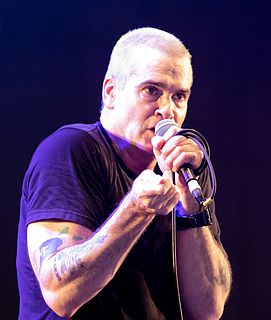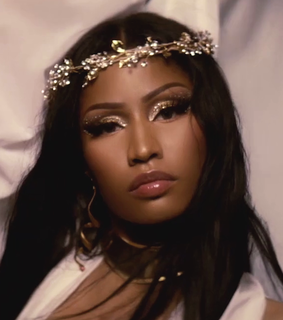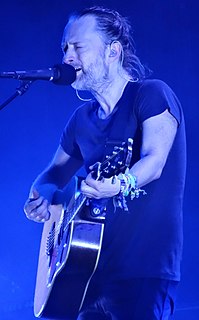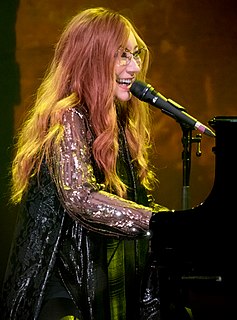A Quote by Kurt Ralske
I am a musician who stopped working with music. Now I work with visual music, or audio-visual music.
Related Quotes
I was a musician who began playing with computers, to see if they could make some tasks simpler. I developed some "tricks" or strategies for working with audio files, and then discovered that the same tricks could be applied to video files, or really, any type of data. Previously I made many different kinds of music. I did some work as a composer of film scores. In that role, my task was to create audio to match and deepen the visual. In my work now, the role is often reversed: I have to create images to match and deepen the audio.
I'd been making music that was intended to be like painting, in the sense that it's environmental, without the customary narrative and episodic quality that music normally has. I called this 'ambient music.' But at the same time I was trying to make visual art become more like music, in that it changed the way that music changes.
Every work is completely different. Sometimes the music is first, sometimes it's parallel, and sometimes the music is after. There's no rule. Music goes differently to your emotions. With music you can create different spaces and feelings easier than you can with the visual - maybe not easier, but in a way, it's more seductive.
Obviously, something like ballet, you have music, you dance with the music and it's a very direct connection. With visual art, when there's no music that accompanies the art, such as great masterworks in a museum, you wind up interpreting what the artist is doing, how the artist made that work and what they're conveying.
To me, art and music inform each other continually, and when I was making more music there was an overall aesthetic that was shared by both mediums. Now I always listen to music when I work, so when I am working a lot, that is when I start searching out new music and finding new things to get excited about.
